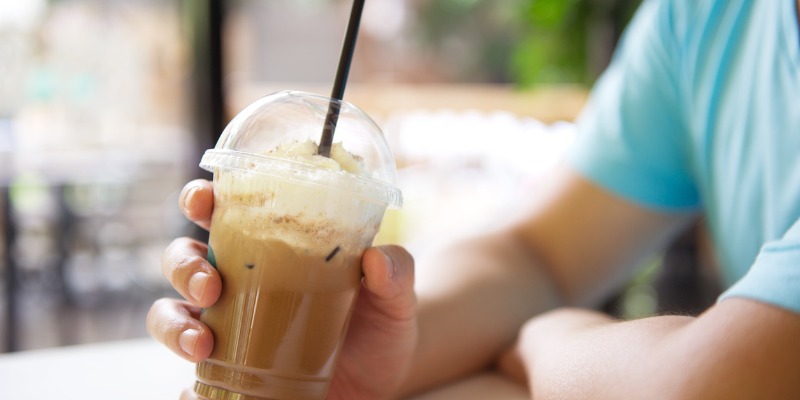Ottawa’s plastics ban is bad for the environment

The Alberta and Saskatchewan governments recently appeared before the Federal Court of Canada to essentially challenge the Trudeau government’s ban on six types of single-use plastics, which went into effect late last year. Citing an ocean pollution crisis, the Trudeau government also plans to gradually ban the manufacturing, importation and sale of checkout bags, cutlery, food service ware, stir sticks and straws by 2025, purportedly to improve the environment and deliver economic benefits to Canadians.
But in reality, the plastic ban is an expensive measure that will actually create more garbage and impose higher costs on Canadians.
First, consider this. Canada contributes an estimated 0.02 per cent of all plastic in the world’s oceans. Meanwhile, nearly 90 per cent of ocean plastic comes from Asia and Africa, with five countries—Philippines, India, Malaysia, China and Indonesia—accounting for the majority the world’s ocean plastic pollution. Therefore, eliminating Canada’s plastic waste will have an undetectable impact on global ocean plastic pollution.
More importantly, despite claims from Ottawa, Canada doesn’t have a plastic waste crisis. According to the federal government’s own report, 99 per cent of the country’s plastic waste is already disposed of safely through recycling, incinerating and environmentally-friendly landfills. If you’re concerned about the remaining 1 per cent, it’s worth noting that according to the government’s own sources, none of the six types of now-banned single-use plastics are among the top five items found on shorelines. And lost fishing gear, mostly from Asia, remains one of the primary sources of ocean plastic pollution.
In fact, as acknowledged by the federal government’s own analysis, banning single-use plastics will actually increase waste generation rather than reduce it. According to the analysis, while the ban will remove 1.5 million tonnes of plastics from 2023 to 2032, it will almost double that tonnage in substitutes such as paper, wood and aluminum over the same period. In other words, the ban will increase, not decrease, the amount of net garbage in Canada.
To make matters worse, according to the government’s Strategic Environmental Assessment, plastic substitutes “typically have higher climate change impacts” including higher greenhouse gases (GHG) and lower air quality. Indeed, according to multiple studies, single-use plastic substitutes such as paper require more energy to transport, feature higher smog formation and ozone depletion potential, demand more water and energy to be produced, and result in higher GHG emissions. Simply put, the plastic ban harms, not helps, the environment.
And that’s not all. According to the federal government’s own estimates, the plastic ban will save $616 million in avoided clean-up expenses over the next 10 years but will cost around $2 billion over the same period, due to the management of additional waste discussed above, ban enforcement and the forgone profit opportunity for manufacturers. The cost of the ban surpasses the benefit by a 3-to-1 ratio.
Overall, the plastic ban is a costly measure that turns a small environmental problem into a bigger one. If the Trudeau government wants to do something about the small percentage of plastic that escapes into the environment, it should improve coordination with municipal waste-handling systems rather than impose and enforce a costly nationwide ban, which literally hurts more than it helps.
Authors:
Subscribe to the Fraser Institute
Get the latest news from the Fraser Institute on the latest research studies, news and events.


